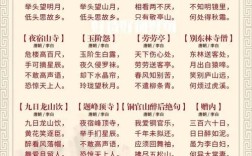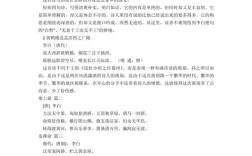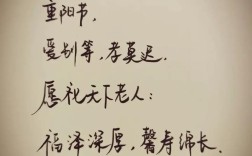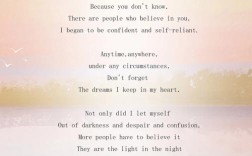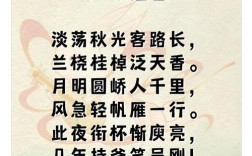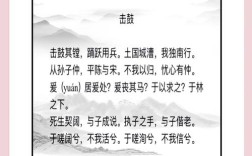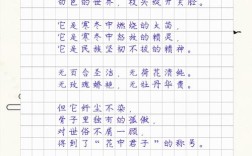The Art and Craft of Long-Form English Poetry
Poetry has long been a vessel for human expression, capturing emotions, stories, and philosophies in rhythmic and evocative language. Among its many forms, long-form English poetry stands out as a powerful medium that allows for deep exploration of themes, intricate storytelling, and sustained emotional impact. This article delves into the origins, notable authors, structural techniques, and practical applications of extended poetic works, offering insights for both readers and aspiring poets.

Origins and Evolution of Long-Form Poetry
The tradition of lengthy poetic compositions dates back to ancient epics such as Homer’s Iliad and Odyssey, which were recited orally before being transcribed. These works laid the foundation for narrative poetry, blending myth, history, and moral lessons.
In English literature, the form flourished during the Middle Ages and Renaissance, with Geoffrey Chaucer’s The Canterbury Tales and Edmund Spenser’s The Faerie Queene exemplifying the blend of storytelling and allegory. The Romantic era later embraced the long poem as a means of exploring personal and philosophical depths, as seen in William Wordsworth’s The Prelude and John Keats’ Endymion.
The 20th century saw experimentation with free verse and modernist techniques, with T.S. Eliot’s The Waste Land and Ezra Pound’s The Cantos redefining the boundaries of extended poetry. Today, contemporary poets continue to push the form’s limits, integrating diverse voices and experimental structures.
Notable Authors and Their Masterpieces
John Milton – Paradise Lost
A cornerstone of English literature, Milton’s epic blank verse retells the Biblical fall of man with profound theological and philosophical depth. Its grandeur lies in its rich imagery, complex syntax, and moral dilemmas, making it a benchmark for long-form poetry.
Elizabeth Barrett Browning – Aurora Leigh
A novel in verse, this work blends autobiography and social commentary, challenging Victorian gender norms. Browning’s mastery of iambic pentameter and emotional intensity makes it a landmark in feminist literature.
Walt Whitman – Song of Myself
Part of Leaves of Grass, this free-verse poem celebrates individualism and democracy. Whitman’s cataloging technique—listing diverse experiences—creates a sweeping, inclusive vision of humanity.
Derek Walcott – Omeros
A modern epic reimagining Homer’s works in a Caribbean setting, Walcott’s poem intertwines colonial history, personal memory, and myth, showcasing the adaptability of long-form poetry.
Structural Techniques in Long-Form Poetry
Unlike shorter lyrics, extended poems require sustained coherence and momentum. Key techniques include:
Narrative Arc
Many long poems follow a storyline, whether linear (Chaucer’s Canterbury Tales) or fragmented (Eliot’s The Waste Land). A strong narrative keeps readers engaged across hundreds—or thousands—of lines.
Thematic Unity
Even without a strict plot, recurring motifs (e.g., nature in Wordsworth, exile in Walcott) create cohesion. Symbols, refrains, and extended metaphors help unify sprawling works.
Meter and Rhythm
Traditional forms like blank verse (unrhymed iambic pentameter) or Spenserian stanzas provide musicality. Modern poets may vary rhythm to reflect shifting tones.
Intertextuality
Long poems often reference myths, religious texts, or earlier literature, enriching meaning. For example, The Waste Land alludes to Dante, Shakespeare, and Hindu scriptures.
How to Approach Reading Long-Form Poetry
For many readers, tackling an extended poem can feel daunting. Here are strategies to enhance understanding and appreciation:
Read Aloud
Poetry’s sonic qualities—meter, alliteration, assonance—become clearer when heard. This also helps with challenging syntax.
Annotate Liberally
Note repeated images, shifts in tone, and unfamiliar allusions. Many editions include footnotes explaining historical or literary references.
Break It into Sections
Most long poems are divided into books, cantos, or sections. Treat each as a standalone unit before examining connections.
Research Context
Understanding the author’s life, historical period, and influences illuminates themes. For instance, knowing Milton’s blindness adds depth to Paradise Lost.
Writing Long-Form Poetry: A Guide for Aspiring Poets
Creating a substantial poetic work demands patience, planning, and revision. Consider these steps:
Choose a Compelling Subject
Whether personal (The Prelude) or universal (Paradise Lost), the theme should sustain interest. Ask: Why does this need to be a long poem?
Experiment with Form
Will it be rhymed couplets, free verse, or a hybrid? Structure should serve content—e.g., fragmented lines for dislocation, flowing verse for meditation.
Develop a Skeleton
Outline key moments, shifts in perspective, or emotional peaks. Some poets draft prose summaries first.
Revise for Consistency
Long poems risk repetition or tonal imbalance. Read drafts sequentially to ensure pacing and unity.
Seek Feedback
Share sections with trusted readers. Does the imagery resonate? Is the voice distinct?
The Enduring Power of Long-Form Poetry
In an age of tweets and soundbites, long poems remind us of language’s capacity for depth and endurance. They challenge writers to sustain vision and readers to engage deeply. From Milton’s cosmic battles to Walcott’s postcolonial odysseys, these works prove that poetry can be as vast and varied as human experience itself.
Whether you’re a scholar dissecting The Canterbury Tales or a poet drafting your first epic, the journey through long-form poetry is one of discovery, discipline, and delight. Its demands are great, but so are its rewards—a testament to the art form’s timeless relevance.


